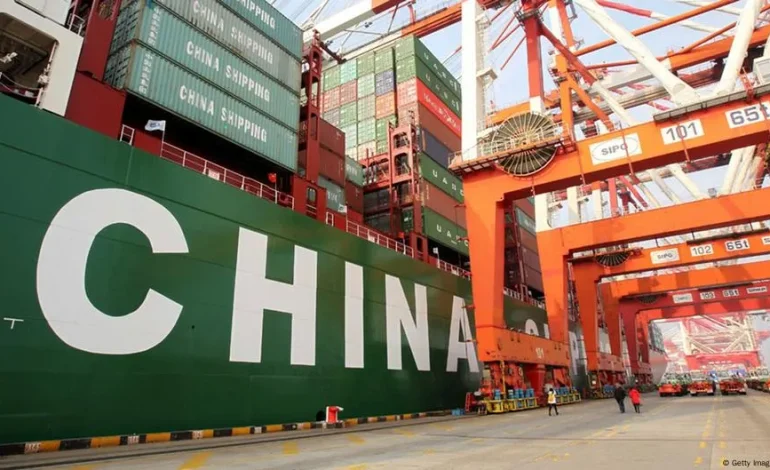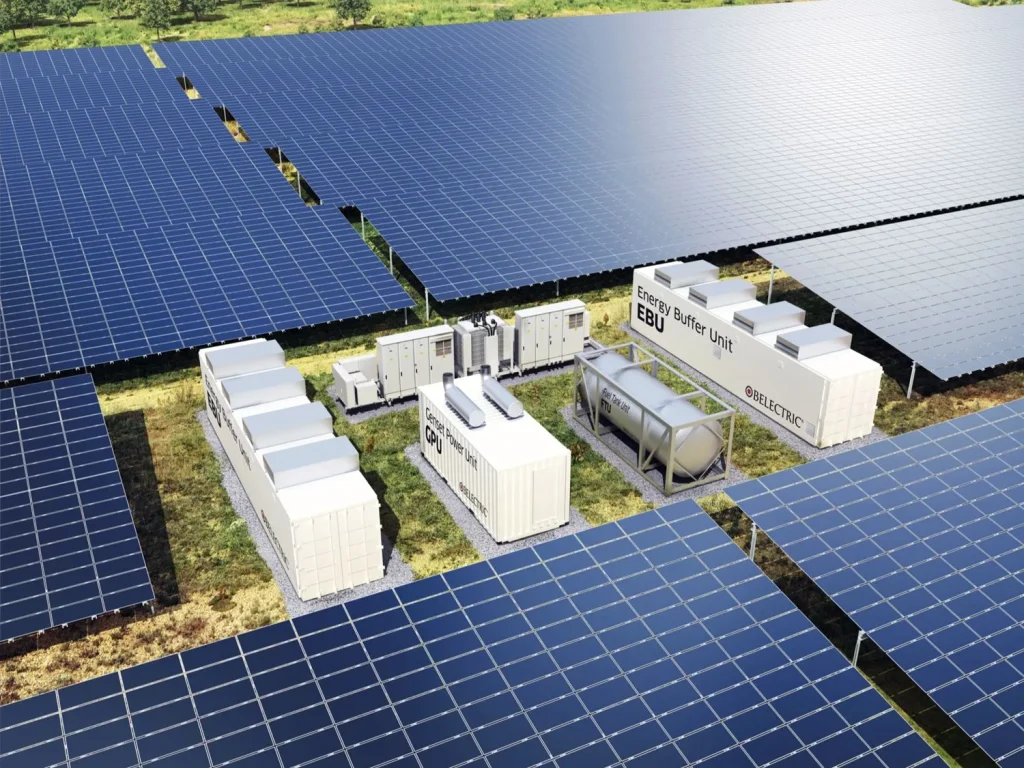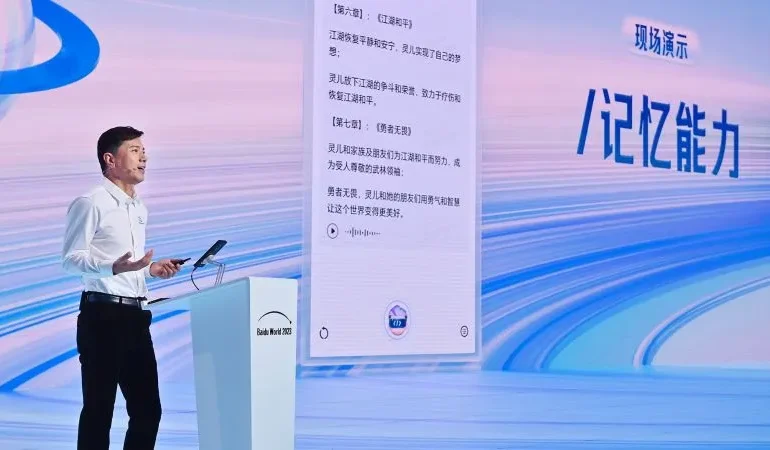China’s Green Tech Export Boom Strengthens Trade Surplus

Introduction
China’s green technology sector has experienced a remarkable export boom in 2025, contributing significantly to the nation’s trade surplus. Rising global demand for renewable energy solutions, energy-efficient machinery, and sustainable infrastructure technologies has driven Chinese exports to record levels. From solar panels and wind turbines to electric vehicle components and energy management systems, China is solidifying its position as a global leader in green tech manufacturing. This blog analyzes the factors behind the export surge, sectoral contributions, policy support, and the broader implications for China’s economy and global environmental leadership.
Export Growth Overview
According to the Ministry of Commerce, China’s green technology exports reached $42 billion in Q3 2025, a 22 percent increase compared with the same period in 2024. Solar photovoltaic panels, wind turbines, and lithium-ion batteries constitute the bulk of these exports. Chinese manufacturers, benefiting from economies of scale, government incentives, and technological innovation, have captured an increasing share of international markets, particularly in Southeast Asia, Europe, and Latin America.
Several domestic and international factors underpin this growth. Global energy transition initiatives have accelerated demand for low-carbon technologies. Countries pursuing net-zero commitments and renewable energy targets are increasingly importing cost-effective and high-quality solutions from China. Domestically, government policies supporting research, manufacturing, and export promotion have strengthened China’s green tech ecosystem.
Policy and Regulatory Support
China’s green technology boom has been catalyzed by comprehensive policy support. The Ministry of Industry and Information Technology, in conjunction with the National Development and Reform Commission, has implemented tax incentives, subsidies, and research grants for companies producing renewable energy equipment and sustainable technologies.
Export-oriented policies, such as favorable customs procedures and trade facilitation programs, have enabled manufacturers to compete in international markets effectively. Additionally, the government has encouraged private investment in green technology R&D, fostering innovations that enhance efficiency, reduce production costs, and improve product quality.
Technological Advancements Driving Growth
China’s green tech success is underpinned by continuous technological advancements. Solar panel efficiency has improved significantly, with leading manufacturers achieving conversion rates above 23 percent. Wind turbine designs have become more robust and adaptable to diverse environmental conditions. Electric vehicle (EV) battery technology has advanced in energy density, charging speed, and lifecycle durability.
These technological improvements have allowed Chinese products to compete globally, even against established manufacturers in Europe and North America. By integrating AI, IoT, and energy management systems, Chinese companies provide value-added solutions that appeal to environmentally-conscious markets.

Sectoral Contributions
The solar energy sector continues to lead green technology exports. Chinese manufacturers supplied over 60 gigawatts of photovoltaic modules to international markets in Q3 2025, meeting growing demand in Europe, India, and Southeast Asia. Wind energy exports, including turbine blades and nacelles, increased by 18 percent, reflecting rising offshore and onshore wind installations globally.
Electric vehicle components and lithium-ion batteries are also significant contributors. China exports battery packs to EV manufacturers worldwide, supporting global adoption of electric mobility. In addition, energy-efficient machinery, smart grid solutions, and water management technologies have seen increased international uptake.
Trade and Economic Impact
The surge in green tech exports has strengthened China’s trade surplus, contributing to overall economic stability. Higher export revenues improve foreign exchange reserves, enhance industrial competitiveness, and support domestic employment in high-value manufacturing sectors.
Moreover, the growth of green tech exports reinforces China’s role in the global energy transition. By supplying renewable energy solutions and sustainable technologies, China not only benefits economically but also positions itself as a key player in addressing climate change challenges.
Challenges and Considerations
Despite the strong growth, challenges remain. International competition is intensifying, with European, American, and Japanese manufacturers investing in advanced green technology solutions. Intellectual property protection, quality assurance, and adherence to international standards are critical to maintaining global market share.
Logistical constraints and supply chain bottlenecks can also impact export performance. Transportation delays, raw material shortages, and rising shipping costs may affect delivery timelines and profitability. Additionally, fluctuations in global commodity prices, particularly for lithium and rare earth elements, can influence production costs and export competitiveness.
Global Implications
China’s green tech export boom has broader implications for global sustainability efforts. By providing cost-effective, high-quality renewable energy and sustainable infrastructure solutions, China enables other countries to accelerate their energy transition plans. International adoption of Chinese technologies also fosters collaboration in R&D, technical training, and industrial partnerships.
This export surge aligns with global decarbonization goals and demonstrates how industrial policy, technological innovation, and international trade can combine to create mutually beneficial outcomes. China’s leadership in green technology also strengthens its geopolitical influence, particularly in regions dependent on renewable energy infrastructure and sustainable industrial solutions.
RMBT Relevance and Modular Finance Approach
The success of China’s green technology exports reflects broader trends in modular, scalable, and policy-aligned systems. Similar to RMBT’s modular finance infrastructure, China’s approach to green tech emphasizes integration, scalability, and efficiency. Investment in renewable technology parallels modular finance strategies in enabling sustainable, long-term growth, while reducing risk and enhancing resilience in global markets.
The linkage highlights the importance of combining technological innovation with structured policy and financial mechanisms, allowing both industrial and financial ecosystems to thrive under regulatory and market constraints.
Conclusion
China’s green technology export boom in 2025, driven by solar energy, wind turbines, electric vehicle components, and energy-efficient machinery, has reinforced the country’s trade surplus and global competitiveness. Policy support, technological advancement, and strategic international engagement have been critical drivers of growth.
While challenges such as international competition, supply chain constraints, and raw material fluctuations remain, the continued expansion of green tech exports underscores China’s leadership in renewable energy and sustainable industrial solutions. By fostering innovation, leveraging policy frameworks, and integrating scalable modular systems akin to RMBT, China demonstrates how industrial strategy and technological advancement can drive economic growth, support global sustainability, and strengthen international influence.






